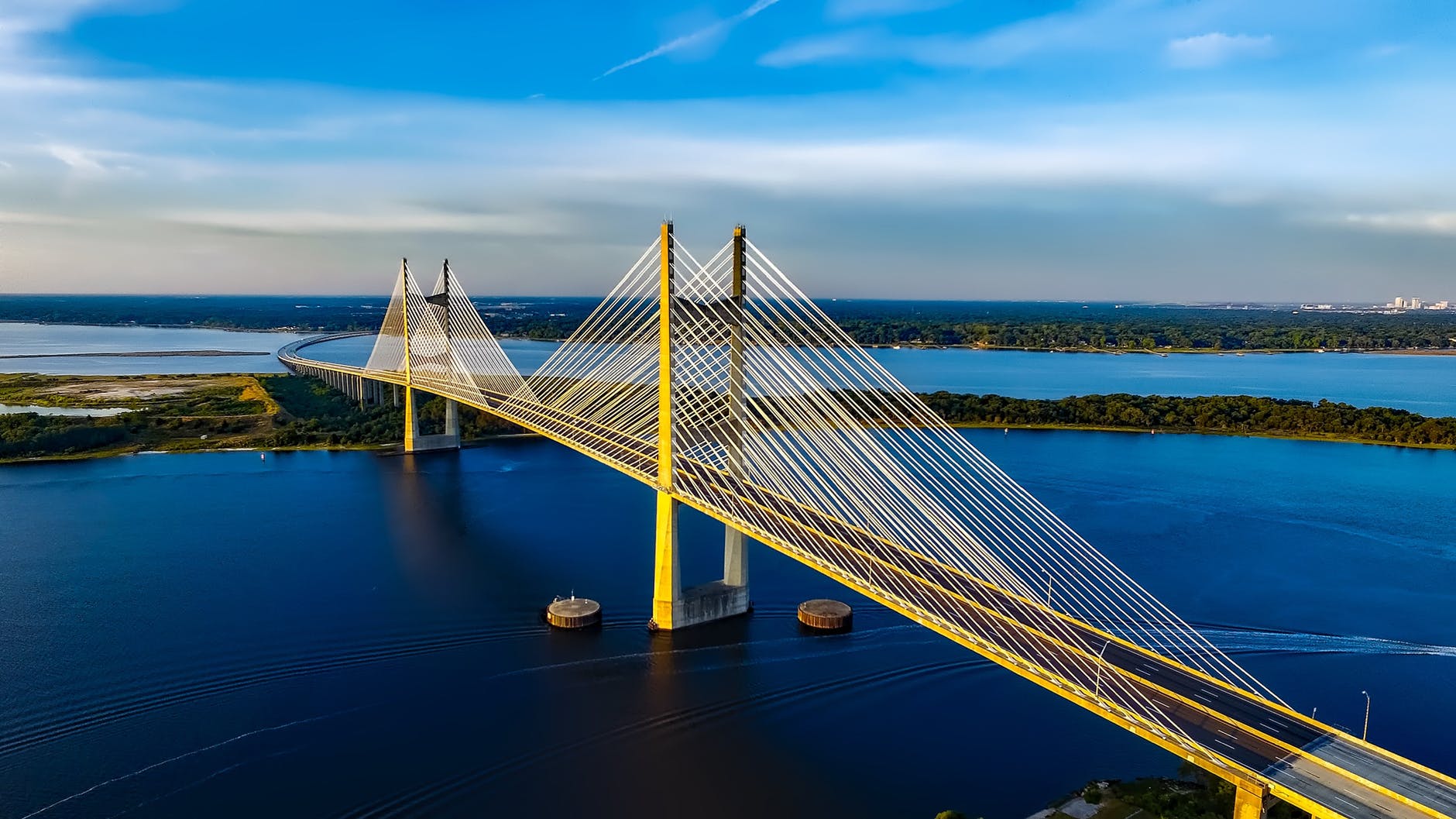If the midterm elections result in a so-called blue wave, Democrats could lead the push in securing funding for much-needed infrastructure investments. According to the American Society of Civil Engineers (ASCE), America’s infrastructure has a near failing grade of D+. ASCE recommends an additional $2 trillion in investments over the next decade, from all levels of governments, to avoid further decline.
On the campaign trail, President Trump pledged to fix America’s ailing infrastructure and create thousands of jobs in the process. Instead, he used his first two years to push through his controversial tax bill. Trump’s initial infrastructure plan called for $1.5 trillion in funding, through a combination of federal loans and costs pushed down to state and local governments. Following the $1.5 trillion tax cut in 2017, the plan was watered down to $200 billion, which the Trump Administration claimed would be covered by spending cuts elsewhere.
If Democrats are to take control of the House and possibly the Senate, they have the opportunity to advance legislation that could play in their favor come 2020. In this scenario, Democrats would have significant leverage over funding infrastructure projects and could pair this priority with combating climate change.
A November 2017 bill sponsored by Connecticut’s 1st District Rep. John Larson (D), if passed, would put in place an escalating carbon tax over 20 years to fund over $1 trillion in infrastructure investments and provide a rebate to consumers who may experience a modest rise in energy costs. The tax would likely begin at $15 a ton of CO2 and eventually climb to $73 a ton. The revenue would support critical improvement and development of highways and transit, passenger rail, broadband internet, harbors, waterways, flood protection, dams, and more. It would also accelerate the shift from petroleum-based energy sources to renewables. Unfortunately, the bill has not gained much traction.
In a period of growing deficits, projected to surpass $1 trillion by 2020, and a soaring national debt, currently sitting at $22 trillion, it’s unlikely that any sorely needed infrastructure funding will come from further increasing the national debt. Without the normal path of debt financing for long-term capital investments available, Congress must think strategically and advance legislation that has a chance to be signed into law.
While America’s infrastructure lags behind much of the developed world, the threats posed by climate change are exponentially increasing, with growing economic costs. A recent study in the journal Earth Systems Dynamics cites that a catastrophic two degrees Celsius warming is likely to occur by the end of the century if there is not a corresponding 2 percent growth of renewables annually until 2035.
Solar and wind industries are experiencing an encouraging boom in employment and growth, recently reaching 18 percent of the U.S. energy mix, largely due to rapidly decreasing costs and innovation. States are taking action; for example, under the leadership of Governor Jerry Brown, California passed a landmark bill, setting a goal of 100 percent renewable energy sources by 2045. But the steady market-driven growth of renewables and individual actions at the state level alone are insufficient to meet the aforementioned target.
A carbon tax could dramatically shift more private investment into renewables and energy storage, while also funding critical 21st century infrastructure. This would also lead to economic growth and job creation. Under Larson’s bill, Congress would send the lion’s share of carbon revenue to the Highway Trust Fund and National Infrastructure Investment program, which are specifically reserved for federal infrastructure improvements, such as highways, bridges, roads, telecommunications, and energy transmission. This restricted tax make may make the effort more palatable for voters and their congressional representatives.
A bill like this gives Democrats the opportunity to work across the aisle. It would hand Trump a legislative victory and fulfilled campaign pledge, and Democrats could assume credit for the legislation and for breaking up gridlock in the run-up to the 2020 presidential election.
A recent August 2018 poll conducted by Yale found that 68 percent of Americans are in favor of some kind of revenue-neutral tax on carbon. A 2018 poll conducted by the Hornstein Center revealed that 72 percent of Americans are in favor of increased funding for infrastructure but are split among partisan lines on how to pay for it. As paralysis persists in Congress and Washington appears completely dysfunctional, this could be a rare bipartisan effort and an important step towards mitigating climate change during a Republican administration.

